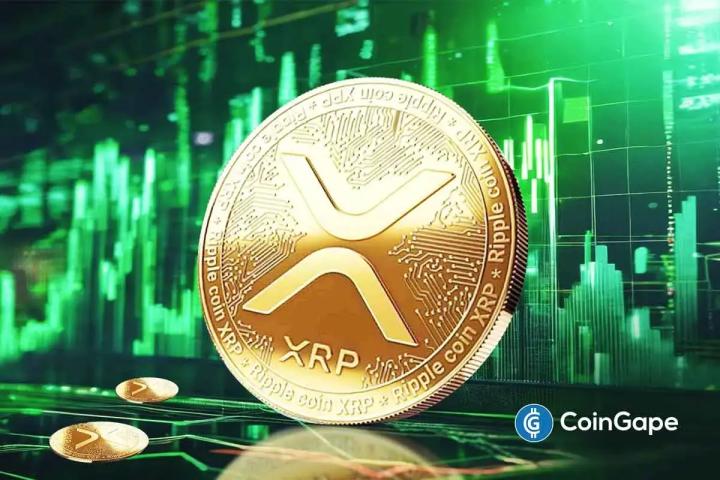- Sergey Nazarov recently stated that the U.S. Securities and Exchange Commission is shifting its stance on the crypto market.
- He views tokenization as the bridge between crypto and real-economy growth, but there’s still work to do in turning that potential into reality.
Joe Biden was the 46th president of the United States of America. Under his rule, and that of Gary Gensler as Chairman of the Securities and Exchange Commission (SEC), the cryptocurrency industry was subject to constant scrutiny, lawsuits, and functional silos due to regulatory misalignment.
Following the SEC’s rollout of 23 proposed rules designed to streamline the tokenization of real-world assets (RWAs) in the U.S., Chainlink co-founder Sergey Nazarov held discussions at the White House with SEC Chairman Paul Atkins and senior policymakers. In an interview with TheStreet, he described regulators as showing a growing interest in crypto’s potential.
Dialogue with Policymakers
Nazarov came from the meeting with optimism:
I think it’s really great how the SEC has taken to our industry as a source of economic growth that they want to unlock. I definitely got that sense in the meeting.
He explained that the conversation focused on critical off-chain processes, such as transfer agency functions, compliance standards, and cross-chain transfers, that now need to be implemented directly on-chain. The goal, he said, is to ensure that blockchain technology can both meet regulatory requirements and create a reliable foundation for large-scale adoption.
According to Nazarov, the regulators’ reception was “very positive.” He pointed to speeches by SEC leadership, noting a strong emphasis on making the U.S. the epicenter of digital asset tokenization.
I’m increasingly convinced that digital asset tokenization is the next stage of our industry. I think that the regulators are now viewing our industry not as a threat, but as a source of success and economic progress for the United States. Which is a very different position from how they were viewing our industry even half a year ago.
When asked about the industry’s biggest hurdles, Nazarov pointed to the concept of books and records, the systems used to store ownership information legally.
Books and records in the U.S. still have to be stored in various bank systems and certified databases. In parts of Europe and Asia, the blockchain itself can serve as the authoritative source of books and records. That’s a very powerful distinction.
In traditional finance, decades of legislation and regulation define how ownership must be tracked, creating rigid frameworks that favor legacy systems. In contrast, blockchain inherently provides a reliable, tamper-proof record of ownership, eliminating the need for separate reconciliation.
For Nazarov, the challenge lies in bridging these two industries: ensuring that blockchain-based records can achieve the same legal recognition as those in traditional finance, without sacrificing efficiency or innovation.
He argued that the future of crypto cannot be defined solely by cryptocurrencies, NFTs, or meme coins, but rather by the rise of tokenization, which is projected to reach $16 trillion in tokenized assets by 2030. Supporting this vision, Santiment recently ranked Chainlink as one of the leading blockchains driving real-world asset tokenization.
Adding to this, a new initiative by Chainlink, DigiFT, and UBS Tokenize has gained approval under the Hong Kong Cyberport Blockchain and Digital Asset Pilot Subsidy Scheme, aiming to modernize the flow and management of tokenized funds across global markets.








